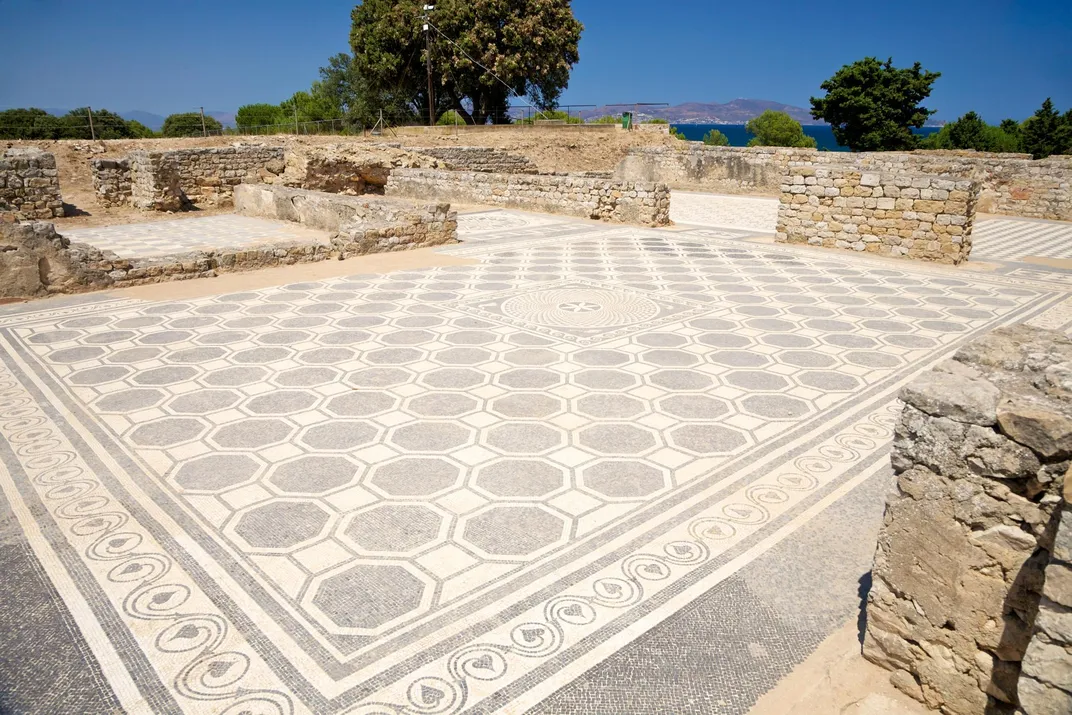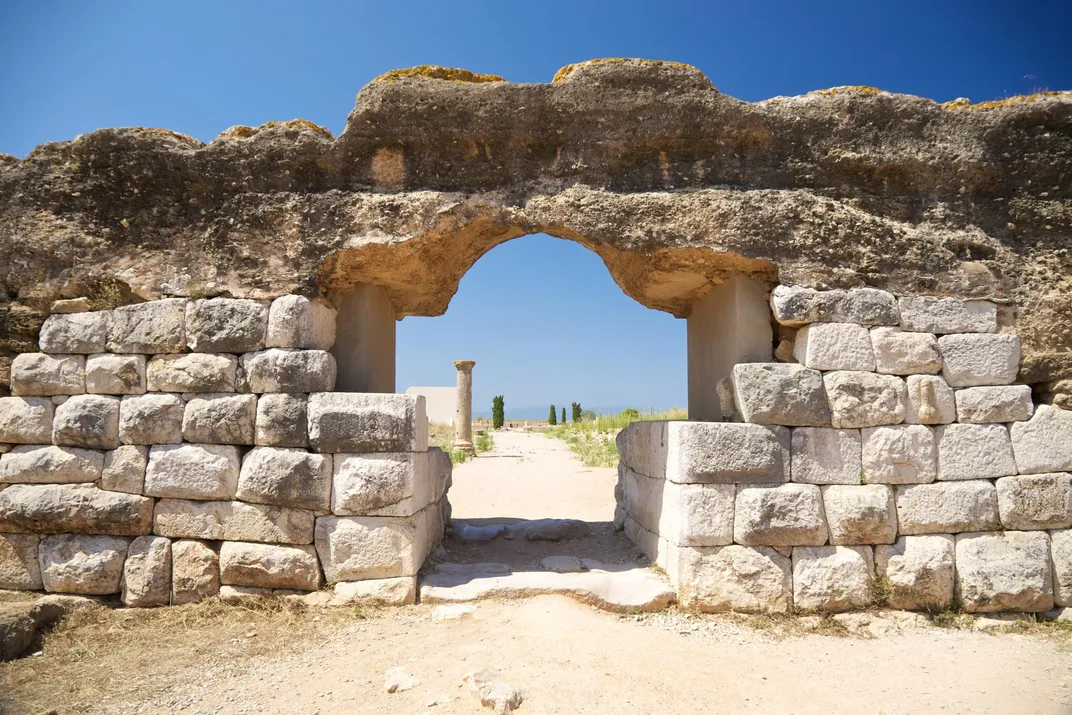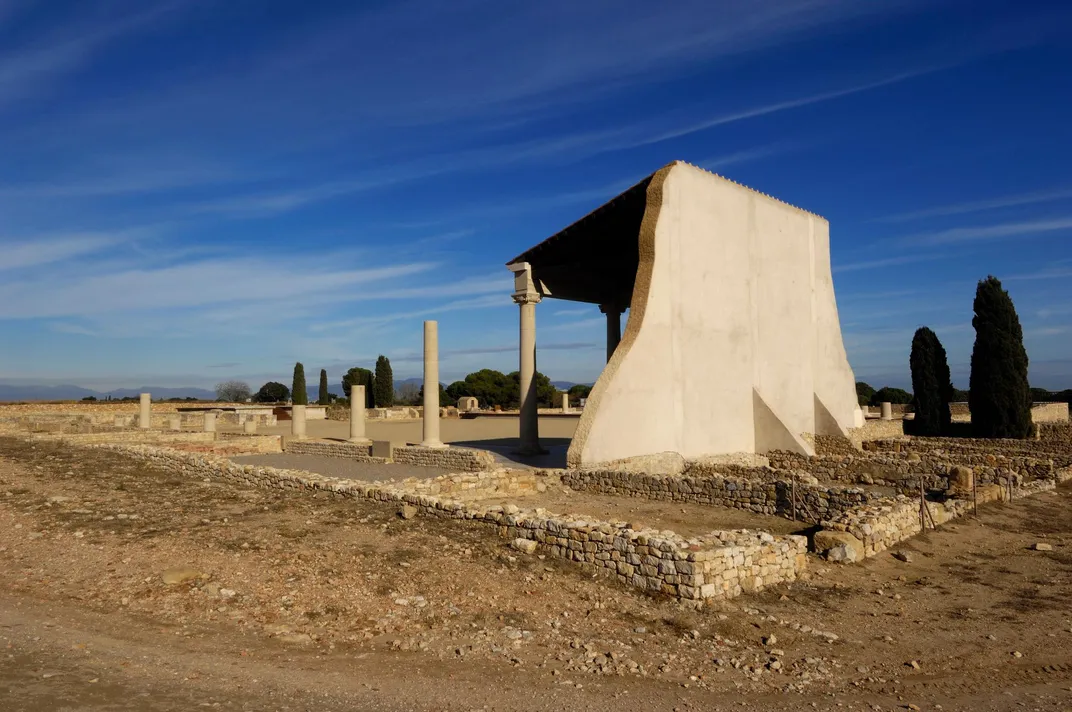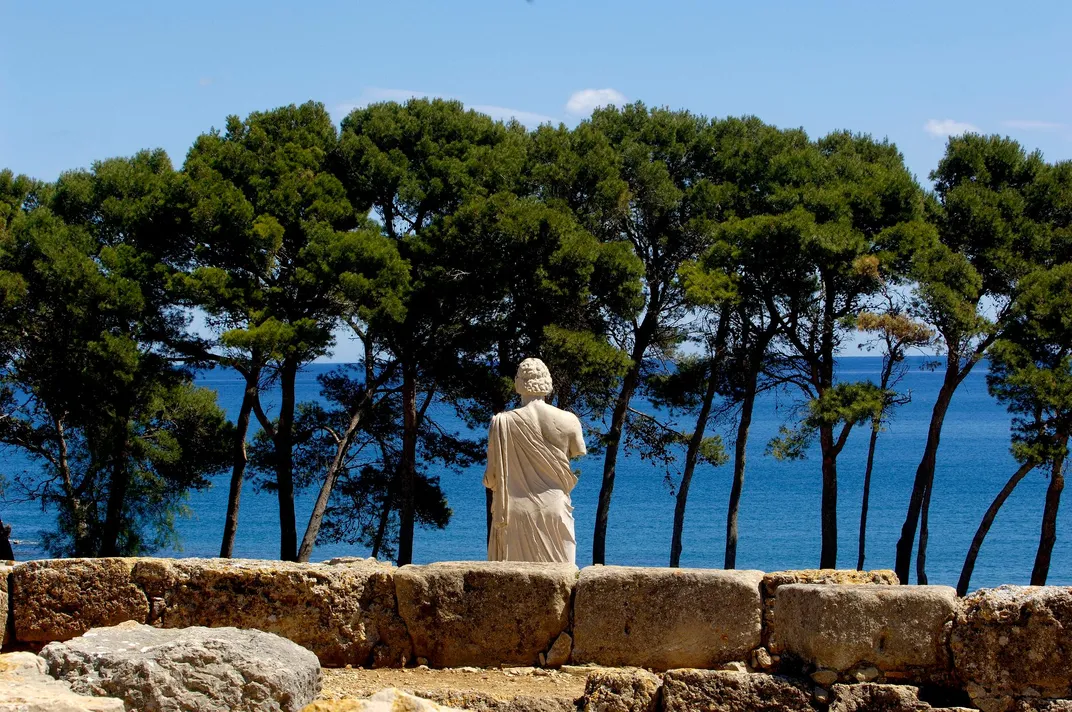Explore the Ancient Ruins of Empúries
This ancient coastal city on Spain’s Costa Brava was founded by Greek traders
What remains of one of Spain's earliest cities is enough to paint the picture of a thriving market town with its own places of worship, salt factories and irrigation, art, palaces for the wealthy and what would have been stone shanties for the poor. Greek traders were sailing around this area known today as Empúries as early as the seventh century BC before they decided to establish a settlement a century later and take full advantage of their trading links with native inhabitants of the peninsula.
The Greeks called their city Emporium, meaning "market," and it thrived for some 300 years until the Second Punic War. When Roman general Gnaeus Cornelius Scipio arrived at Emporium by boat with his troops seeking to cut off land access to his foes the Carthaginians, he ushered in a long period of Romanization on the Iberian Peninsula. By 195 BC, the Romans were building their own city adjacent to the Greeks' Emporium. They renamed the site Emporiae, and for roughly 100 years it was occupied until the more accessible ports at Tarragona and Barcelona led the Romans to abandon it. The remaining Roman inhabitants moved a short way north and built their village of Sant Martí d'Empíries. Fishermen from that village would go on to found L'Escala, now the largest town in the area, during the 16th century.
With a little imagination, Emporium and Emporiae come to life before your eyes against the backdrop of the sparkling blue Mediterranean. Walkways make visiting the ruins a breeze, and well-placed placards detail in English and Spanish exactly what each space was used for. Sites include floor mosaics, public baths, defensive walls, temples and an amphitheater. Don't miss the Archaelogy Museum of Catalonia at Empúries, which showcases objects uncovered during the excavations and offers a glimpse into Greek and Roman life.
Planning Your Next Trip?
Explore great travel deals
Smithsonian magazine participates in affiliate link advertising programs. If you purchase an item through these links, we receive a commission.






